When it comes to indoor cycling, you can add so much value by adding more data. This could be putting on a speed sensor to see how quickly you are riding or adding a power meter for wattage. Adding a Cadence Sensor is one of the most useful upgrades you can make; every indoor rider should have one.
A cadence sensor is an upgrade we highly recommend for all indoor cyclists. It comes with a huge amount of benefits and can be fitted in minutes. In this article, we’re going to tell you about some of my favorite cadence sensors on the market and why you should consider one.
- What Is A Cadence Sensor?
- What We Look For In A Cadence Sensor
- What Are The Benefits Of Using A Cadence Sensor?
- Our Top Cadence Sensors
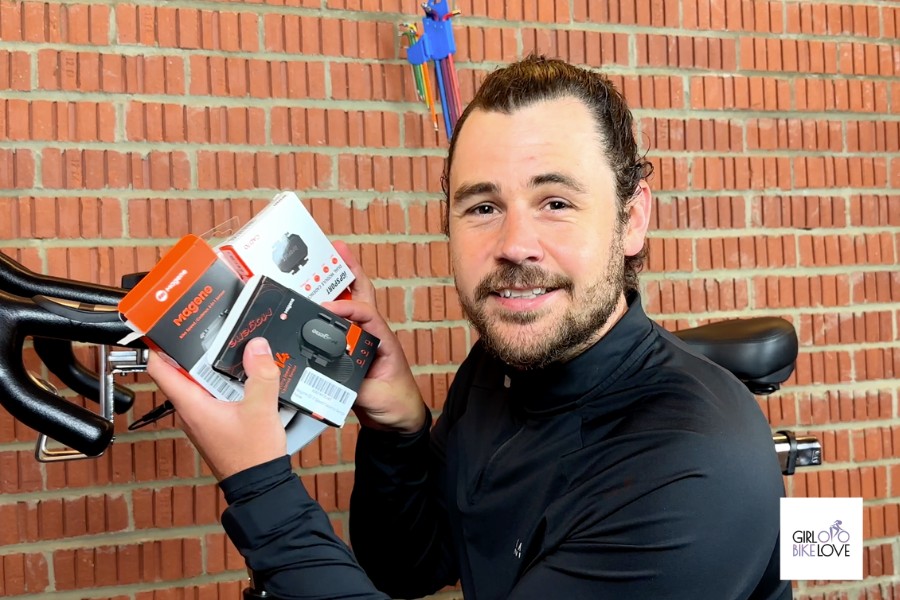
The Quick Answer
There are some amazing sensors we have spoken about below, and we highly recommend each one. In our opinion, the greatest sensor you can buy right now for performance is the Magene S314. It’s only $22, looks fantastic, has a cadence and speed sensor, and the slim design sits on the crank so well.
The third-generation product: the appearance has been fully upgraded, and it is more compact and refined. The weight is reduced by 12%, the volume is reduced by 10%. Lighter in weight, smaller in volume, and thinner overall, better compatible with frame and disc brake hubs.
Check out my video!
Want to learn more about the others? Continue reading the full article below.
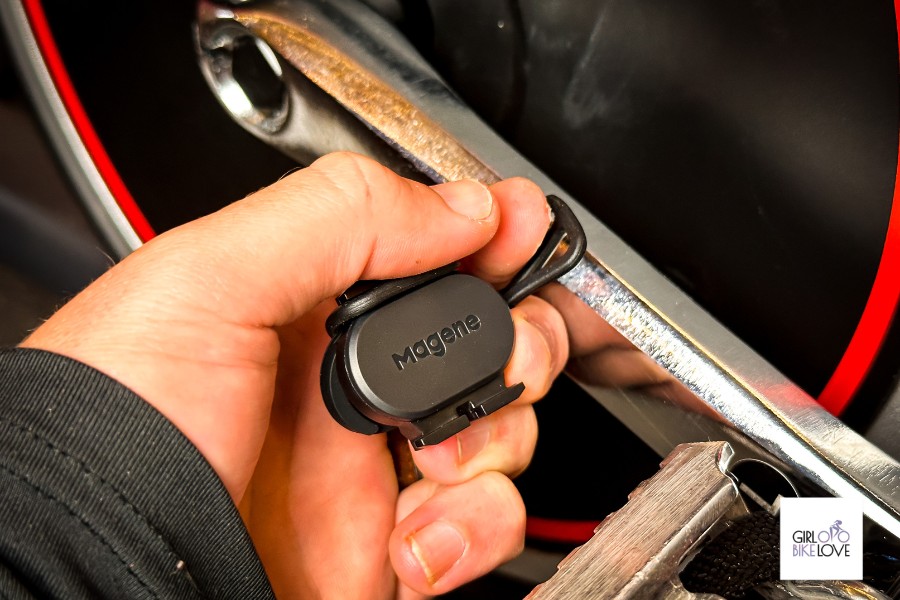
What Is A Cadence Sensor?
A cadence sensor is a device that we use to measure RPM on a bike. RPM is short for revolutions per minute; this is how often your foot completes a full pedal stroke. Cyclists can range anywhere from 60 to 110 RPM.
Some exercise bikes come with these ready installed but often not, and if they do, they lack the connectivity that is required to link with applications such as Peloton. We have a detailed article and a video describing how to install a cadence sensor in any spin bike.
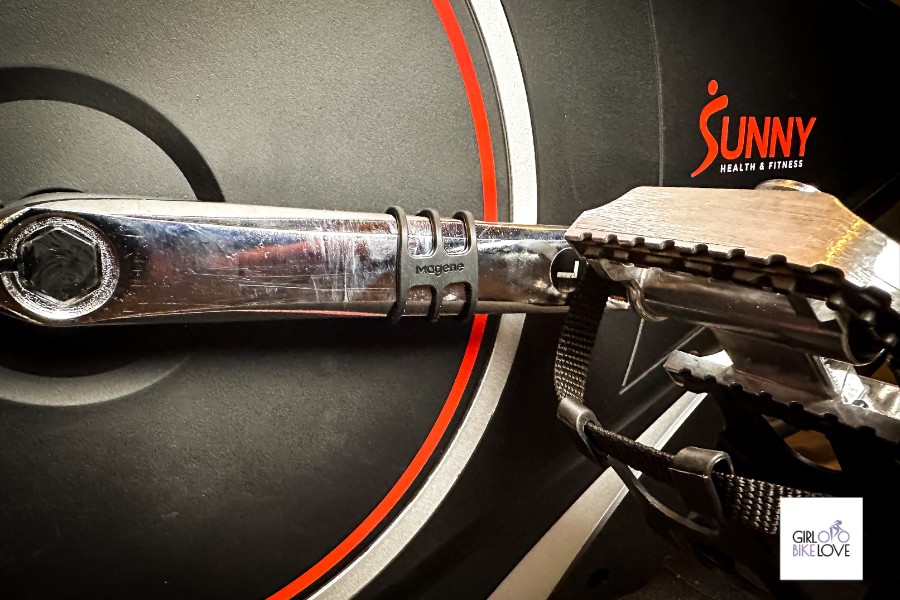
How we rated
Cadence sensors can all come across the same at times, and we appreciate it can be difficult to differentiate one from another. Here’s what I personally look for:
- Design – What does it look like?
- Size – How big is the cadence sensor
- Connectivity – Bluetooth, ANT+, or both
- Special Features – Anything else it can do apart from RPM
- Cost – Is it value for money?
These are all that we look at when reviewing cadence sensors. We feel they are the most important factors.

What Are The Benefits Of Using A Cadence Sensor?
Using a cadence sensor comes with many benefits, and we feel everyone should have one. Here’s what you need to know:
It helps Connect To Applications
One of the best things about a cadence sensor is the fact it can link to applications. This can add a lot of value when training with Zwift or Peloton. Being able to see your RPM means you can follow classes better.
Add Training Structure
To get the most out of their workout, many indoor cyclists use data. Having a cadence sensor means adding extra structure to your training by adding low and high cadences into your training sessions.
Helps Cycling Efficiency
Having a cadence sensor can also help you cycle more efficiently. If you can see the speed you cycle most effectively, that can benefit you in a race or on a challenging ride.
Our Top Cadence Sensors
Now for the fun bit, here are our top cadence sensors. Here’s what you need to know about some of the top cadence sensors on the market.
Wahoo Cadence
- Cost: $40
- Purpose: Cadence
- Mounting: Sticky Back / Cable Ties
- Connectivity: Ant+ / Bluetooth
- Size: Small
- Best For: Performance
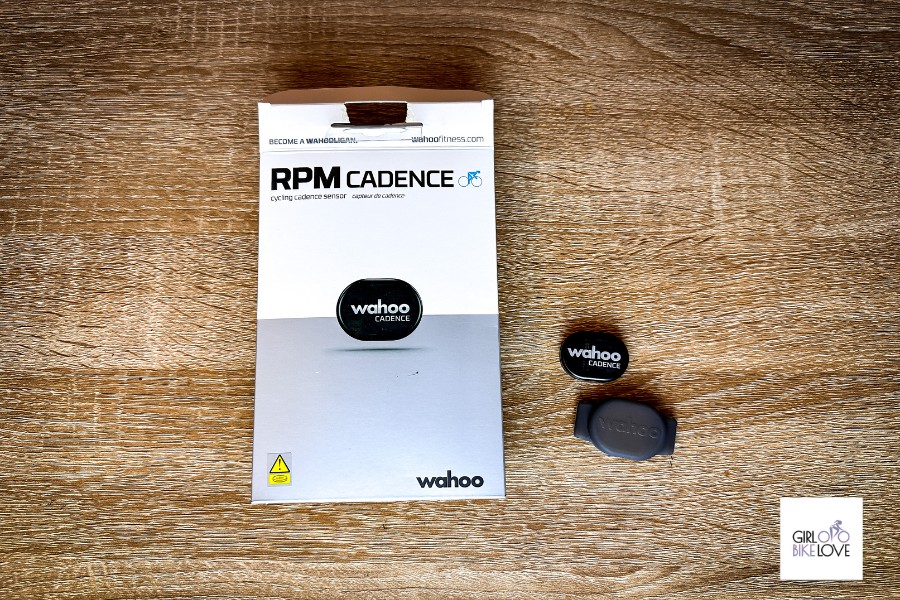
There’s no denying that Wahoo is a big name in indoor cycling. They make products that are of incredible quality and are very easy to use. The Wahoo Cadence is excellent. Not only is it absolutely tiny, but the slim design is also fantastic for cranks that are tighter to the bike.
It can attach in two ways, either by being stuck on or you can cable tie it in a special case. It’s easy to pair devices with both ANT+ and Bluetooth, and the Wahoo training app is pretty good too. Coming in at $40, it’s not cheap, but it ticks every box.
Track and capture real-time cadence with compatible training apps, including Wahoo SYSTM & RGT, Zwift, and Peloton Digital iOS App via Bluetooth.
CYCPLUS C3
- Cost: $15
- Purpose: Cadence / Speed
- Mounting: Rubber Band
- Connectivity: Ant+ / Bluetooth
- Size: Medium
- Best For: Price
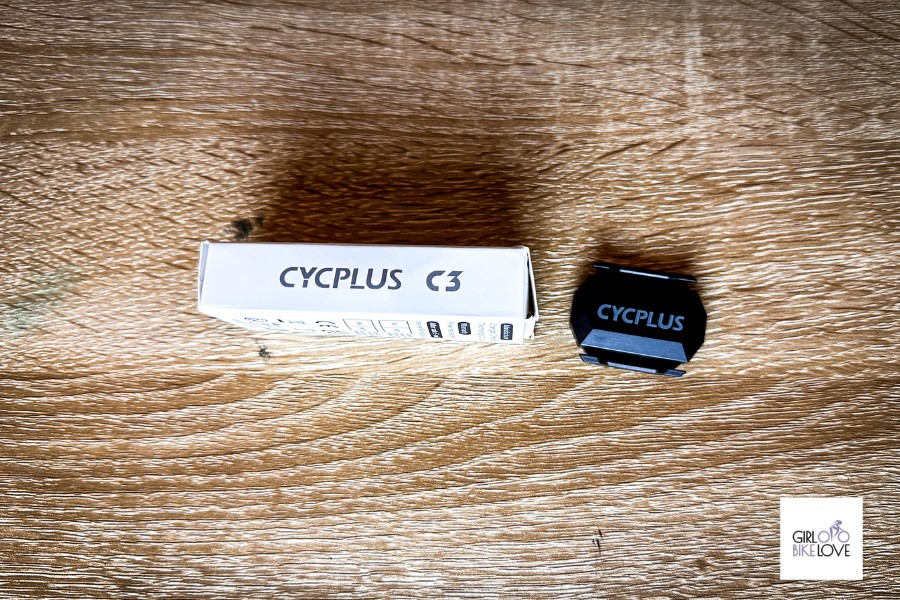
Next, we have the CYCPLUS. This $15 cadence sensor is one of the best value-for-money sensors you will find. As a cadence sensor, it works great and attaches straight to the pedal arm with a band. It also can connect both with Bluetooth and ANT+.
What makes this sensor stand out for us is it also doubles as a speed sensor. If you have a spin bike or road bike which is compatible, you can switch from cadence to speed for some sessions if you want to. It’s not the smallest sensor, but if it fits your bike, then it’s ideal.
With dual-mode sensor: Quickly switch between cadence and speed sensor modes by toggling the switch to different positions. Supports all kinds of equipment and applications which collect speed or cadence data via Bluetooth or ANT+.
iGPSPORT
- Cost: $28
- Purpose: Cadence
- Mounting: Rubber Band
- Connectivity: Ant+
- Size: Small
- Best For: Size
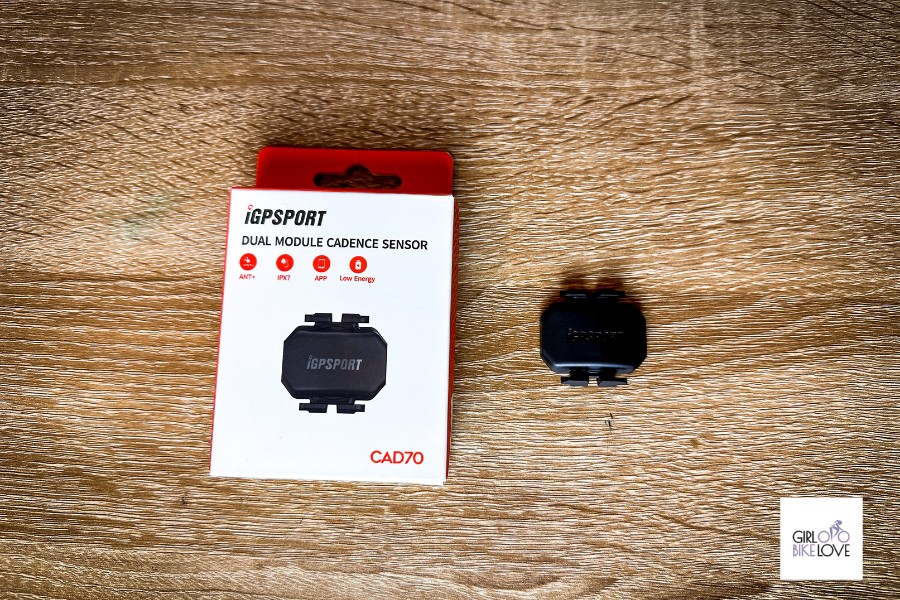
Then we have the iGPSPORT. This $28 cadence sensor is good, but it has to be for the right person. The first thing to mention is although it says it’s Bluetooth, it isn’t. It is only ANT+. So if you are using that system, it’s ideal, but Bluetooth, in our opinion, is better.
That aside, it’s only $28, it’s incredibly small, and it has a very long battery life of over 300 hours. The mounting is easy and ideal if you don’t have much space behind your cranks. It’s a good sensor, but there are other options on the list you might find more useful.
Easy to install, maintain and move between bikes - No magnets. The Cadence sensor easily attaches to your bike's crank arm.
Magene S3+
- Cost: $22
- Purpose: Cadence / Speed
- Mounting: Rubber Band
- Connectivity: Ant+ / Bluetooth
- Size: Medium
- Best For: Durability
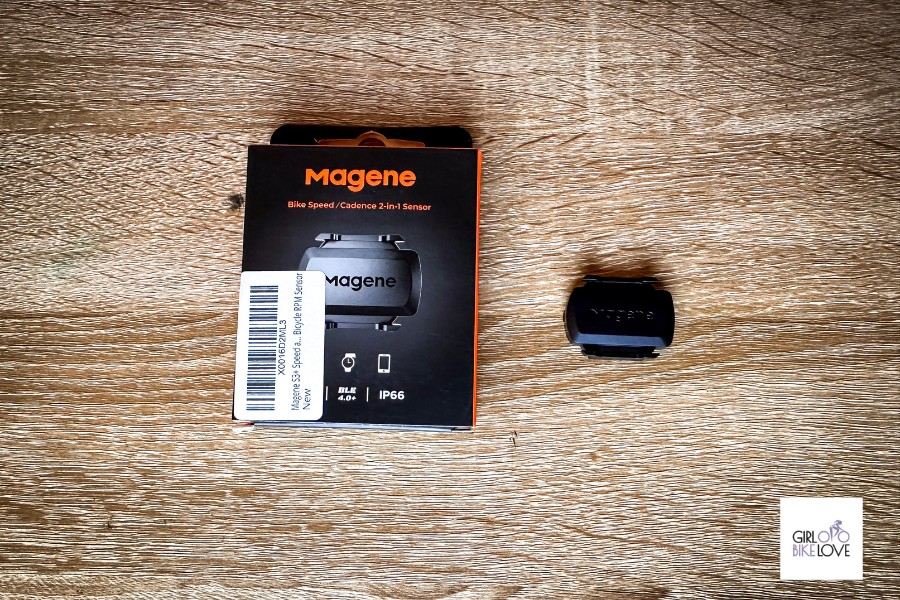
The Magene S3+ is a sensor many people recommended in preparation for this article. It’s both a speed and cadence sensor. Looks fantastic and works very well. It is both ANT+ and Bluetooth and mounts easily with a band, which is ok but could be stronger.
It’s fairly average in size, and coming in at $22, we definitely feel it offers incredible value for money. It ticks a lot of boxes for us, and we feel for others that it is an ideal solution for indoor and outdoor bikes.
1 sensor can ONLY select one mode (Speed or Cadence) at the one time.So you need 2 sensors to test both speed and cadence.(1 for speed,1 for cadence)
Magene S314
- Cost: $22
- Purpose: Cadence / Speed
- Mounting: Rubber Band
- Connectivity: Ant+ / Bluetooth
- Size: Small
- Best For: Value For Money
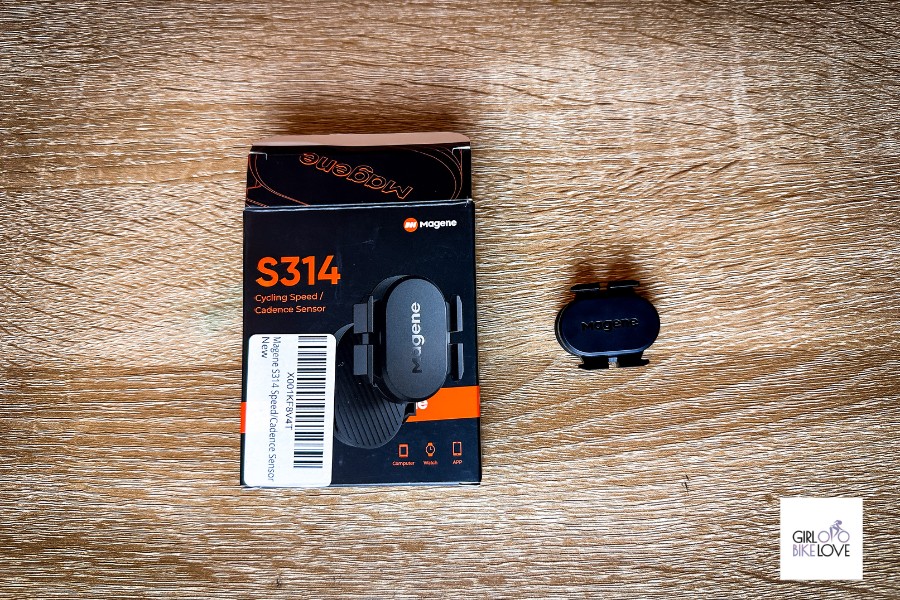
Finally, we have the Magene S314, and we appreciate that you might think we already have a Magene sensor above, but this one is worth discussing in comparison. It’s a more refined model compared to the S3.
It’s lighter, looks better, attaches with a more solid twin strap system, and does everything the S3 can. Not only that, it comes in at the same price. For us, it is the best overall by far.
The third-generation product: the appearance has been fully upgraded, and it is more compact and refined. The weight is reduced by 12%, the volume is reduced by 10%. Lighter in weight, smaller in volume, and thinner overall, better compatible with frame and disc brake hubs.
Comparison Table
- Purpose: Cadence / Speed
- Mounting: Rubber Band
- Connectivity: Ant+ / Bluetooth
- Size: Small
- Purpose: Cadence
- Mounting: Sticky Back / Cable Ties
- Connectivity: Ant+ / Bluetooth
- Size: Small
- Purpose: Cadence / Speed
- Mounting: Rubber Band
- Connectivity: Ant+ / Bluetooth
- Size: Medium
- Purpose: Cadence / Speed
- Mounting: Rubber Band
- Connectivity: Ant+ / Bluetooth
- Size: Medium
- Purpose: Cadence
- Mounting: Rubber Band
- Connectivity: Ant+
- Size: Small
A Final Note
A cadence sensor can improve the indoor cycling experience and open you up to many applications. For such a little cost and 5 minutes of your time fitting a cadence sensor, it’s worth every penny of the investment.
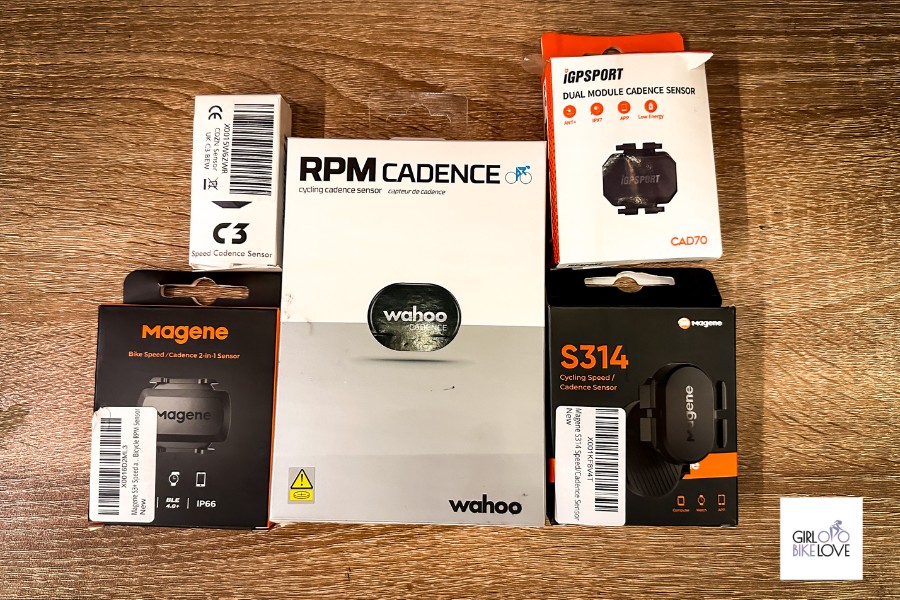






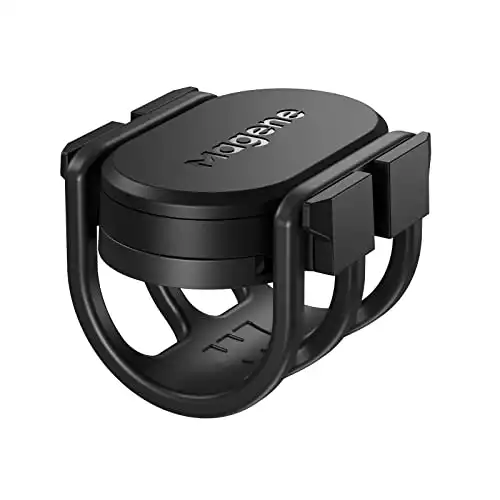
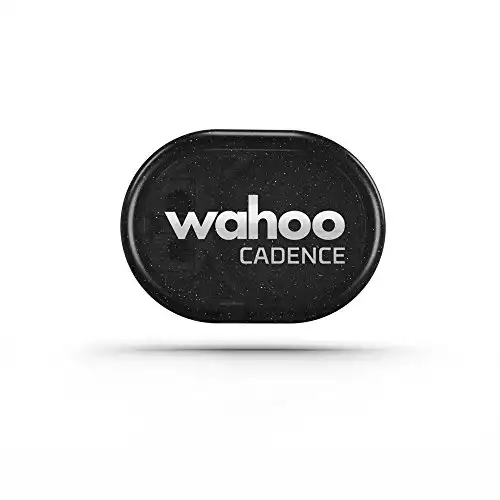
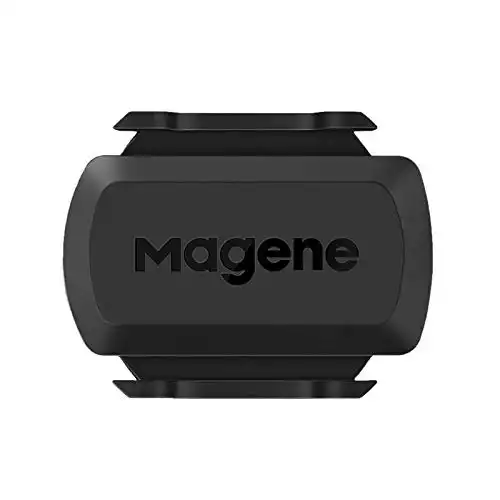
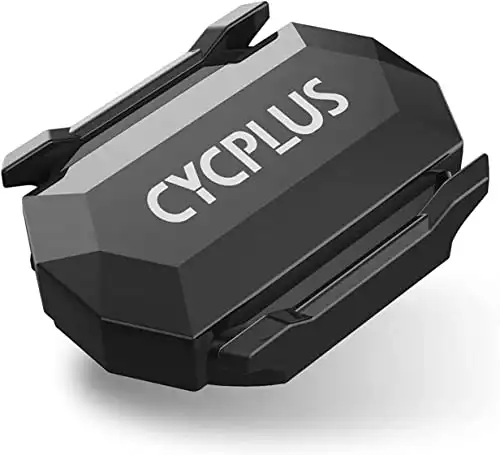
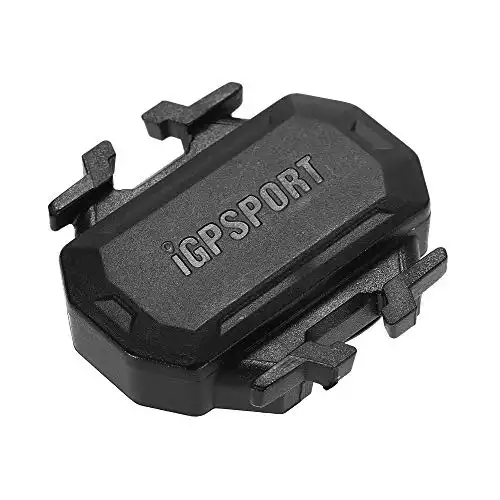
How about changing the batteries. I was happy with Wahoo Cadence until having to change the battery which is not an easy task IMO. Would gladly exchange for a sensor without this hassle.
How about changing the batteries. I was happy with Wahoo Cadence until having to change the battery which is not an easy task IMO. Would gladly exchange for a sensor without this hassle.